Advantages, potentials
An Giang is located at the headwaters of the Mekong River, has a dense river system, a temperate climate, suitable for freshwater aquaculture, especially catfish such as tra fish, basa fish, snakehead fish... This is an advantage and potential that few places have. The whole province currently has 14 enterprises with 18 tra fish processing factories, with a total capacity of over 300,000 tons/year. Along with a highly skilled, dynamic workforce that is always ready to access new technology. The above factors create a relatively complete value chain from breeds, farming areas to processing and consumption.
In 2024, the province's seafood exports will reach 160,000 tons, equivalent to 290 million USD. The area for harvesting commercial seafood will reach 1,790 hectares, of which 1,400 hectares will be for raising tra fish. The total output of commercial seafood will be over 700,000 tons, of which tra fish alone will account for about 624,000 tons, an increase of 37,000 tons over the same period last year...
An Giang has the advantage of year-round fresh water, which is good for aquaculture.
According to the plan to develop the pangasius industry linkage until 2025 and vision to 2030, the province aims to stabilize the farming area at 1,500ha - 1,600ha, striving to reach 500,000 tons of commercial pangasius output per year by 2030, with a production value of over VND10,000 billion, accounting for 80% of the province's seafood export value. "The potential for aquaculture development in An Giang is still very large, especially in the context of domestic and foreign markets having high demand for clean food with traceable origin. Therefore, it is necessary to look at this reality to fully exploit the potential of aquaculture and seafood processing in the province" - Deputy Director of the Department of Agriculture and Environment Ho Thanh Binh commented.
One of the bright spots of the province's seafood industry is that it has built a relatively systematic production - processing - consumption chain for pangasius. The whole province has 9 commercial pangasius farming chains, with 99 participating establishments, with a total area of over 1,070 hectares (accounting for nearly 88% of the province's total farming area). Large enterprises, such as Vinh Hoan Joint Stock Company, Sao Mai Group, Nam Viet Joint Stock Company... are playing a leading role, supporting input, guaranteeing output, and improving production efficiency.
Comprehensive development
At the same time, the province is also implementing a project to link 3 levels of high-quality pangasius breeds in the Mekong Delta region, with the orientation of becoming the center for pangasius breed production in the region. Proactively breeding parent fish, controlling quality and treating the water environment well helps increase survival rate, reduce costs and enhance product competitiveness.
In addition to natural potential, the province has an abundant source of young labor.
In addition, the province encourages farming and processing facilities to achieve international certifications, such as ASC, BAP, GlobalGAP, VietGAP. This is a mandatory condition for the province's aquatic products to conquer demanding markets such as the US, EU, and Japan. "In current aquaculture, farmers are encouraged by the State to apply digital technology in managing farming areas and tracing origins to contribute to improving the transparency of the value chain. This contributes significantly to the sustainable development of the pangasius farming and processing industry of fishermen and businesses," said Mr. La Van Tuan, a fisherman in Hoa Lac commune, Phu Tan district.
Not only stopping at pangasius, the province also aims to develop aquatic products with high economic value, such as: pineapple fish, snakehead fish, tilapia, loach, eel, etc. to diversify products and adapt to market fluctuations. To fully exploit the potential, the provincial agricultural sector will focus on diversifying domestic consumption channels, linking with supermarket systems, clean food stores, developing a network of agents and traders. Strongly applying digital technology, increasing transparency, meeting quarantine requirements and international export standards.
The province’s fisheries sector is entering a period of strong transformation. With the initiative of the government, the support of businesses and people, the fisheries sector will continue to be a key economic sector, contributing to the province’s sustainable development and reaching out on the fisheries map of Vietnam and the world.
DISPLAY
Source: https://baoangiang.com.vn/tiem-nang-nuoi-va-che-bien-thuy-san-a421290.html


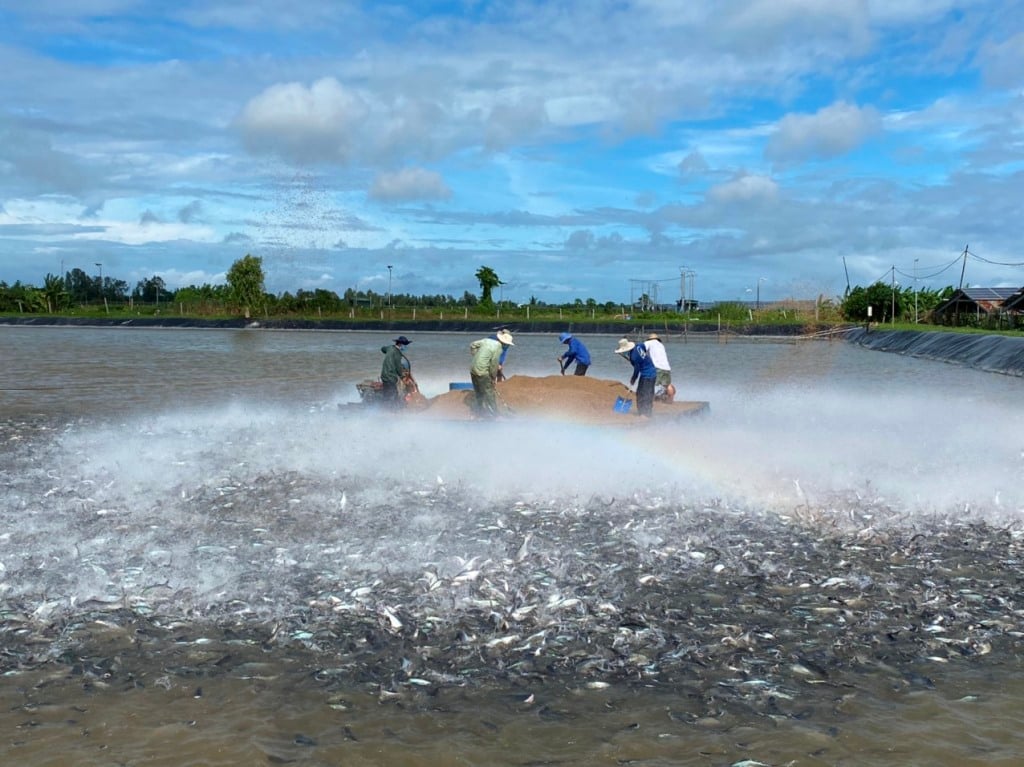
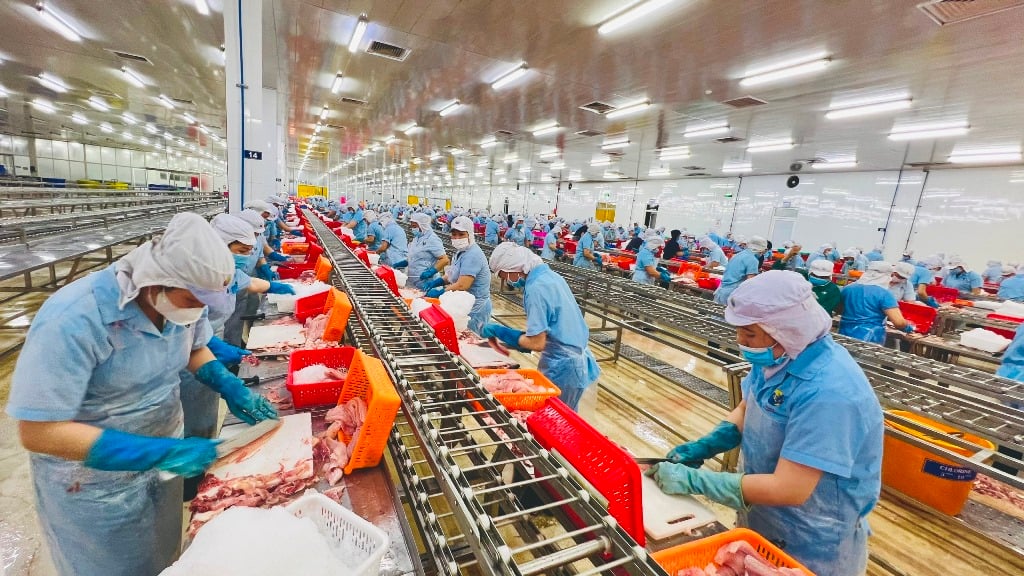
![[Photo] Press delegation meeting to visit Truong Sa and DK1 Platform](https://vphoto.vietnam.vn/thumb/1200x675/vietnam/resource/IMAGE/2025/5/22/6b8d232877ec421a9e8187d83b9f8006)
![[Photo] T&T 1 and Ho Chi Minh City 1 People's Police Teams won the men's and women's team championships](https://vphoto.vietnam.vn/thumb/1200x675/vietnam/resource/IMAGE/2025/5/22/39db06ae67cb4001b7a556e8d9a56d07)
![[Photo] General Secretary To Lam chairs a working session with the Central Internal Affairs Commission](https://vphoto.vietnam.vn/thumb/1200x675/vietnam/resource/IMAGE/2025/5/22/3b7790f499da45b2803d8ae253207ef1)
![[Photo] Prime Minister Pham Minh Chinh chairs meeting on draft Resolution of National Assembly on International Financial Center in Vietnam](https://vphoto.vietnam.vn/thumb/1200x675/vietnam/resource/IMAGE/2025/5/22/d398664ff1a140629169ea5a24e1b4d0)




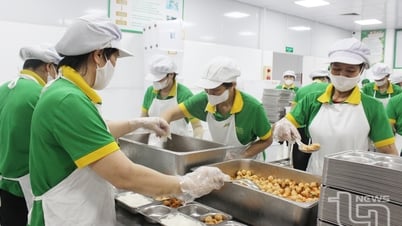

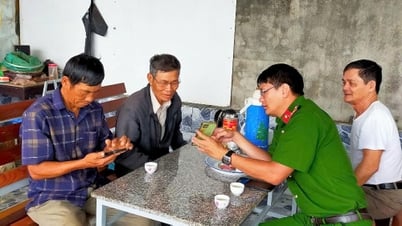

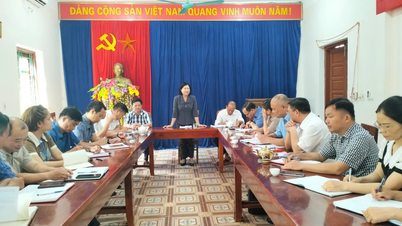

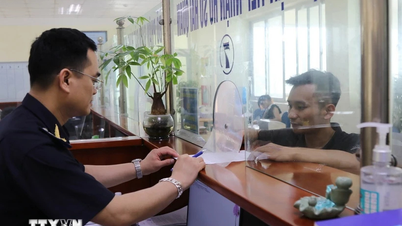







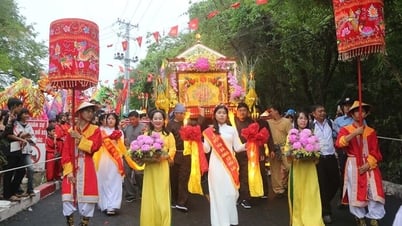
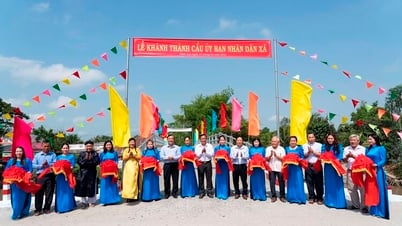

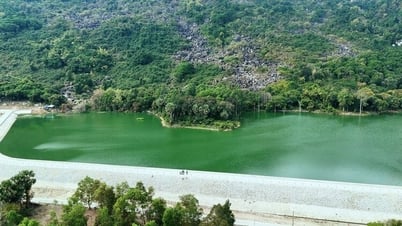
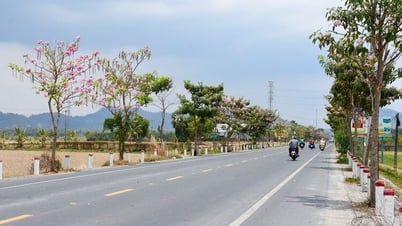
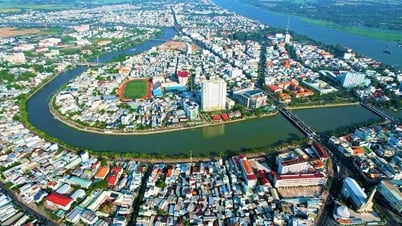


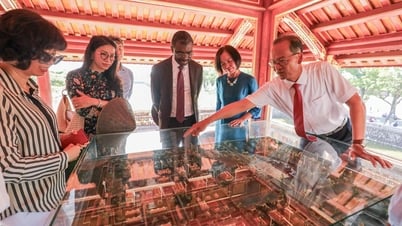







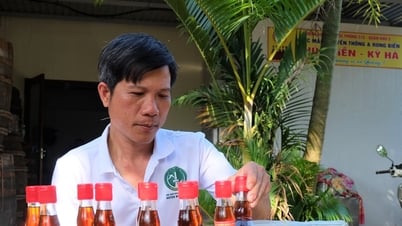



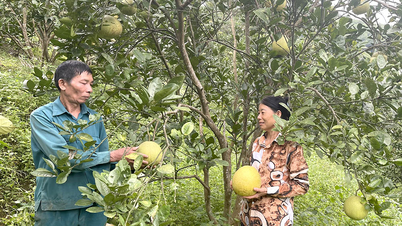

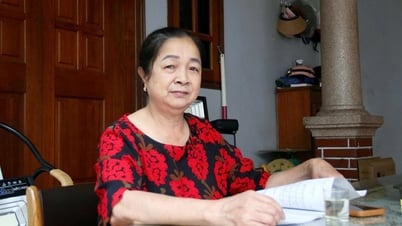









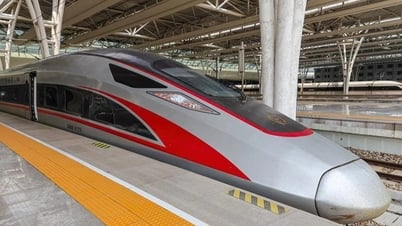
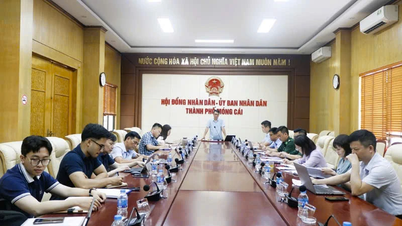
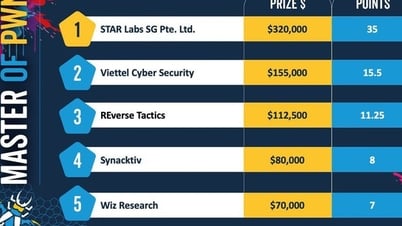


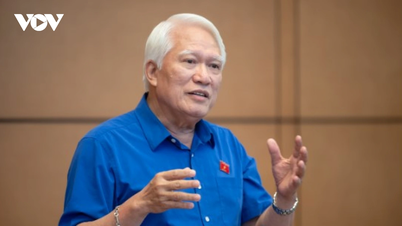




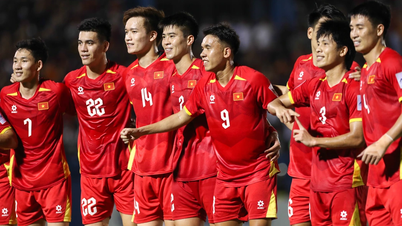

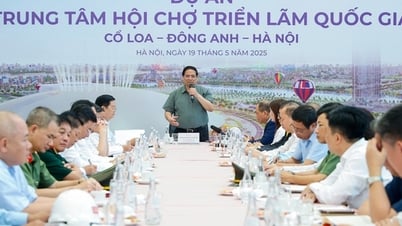

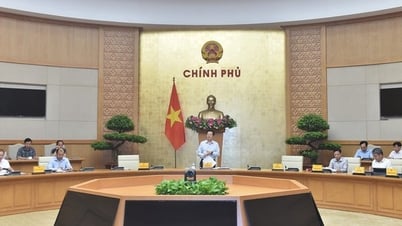





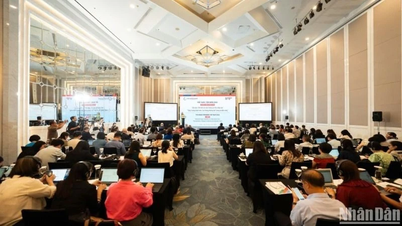

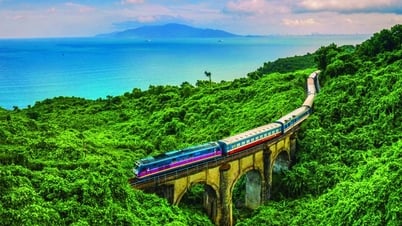






![[Podcast] Week introducing more than 500 OCOP products in Hanoi](https://vphoto.vietnam.vn/thumb/402x226/vietnam/resource/IMAGE/2025/5/22/d144aac2416744718388dbae3260e7fd)



Comment (0)